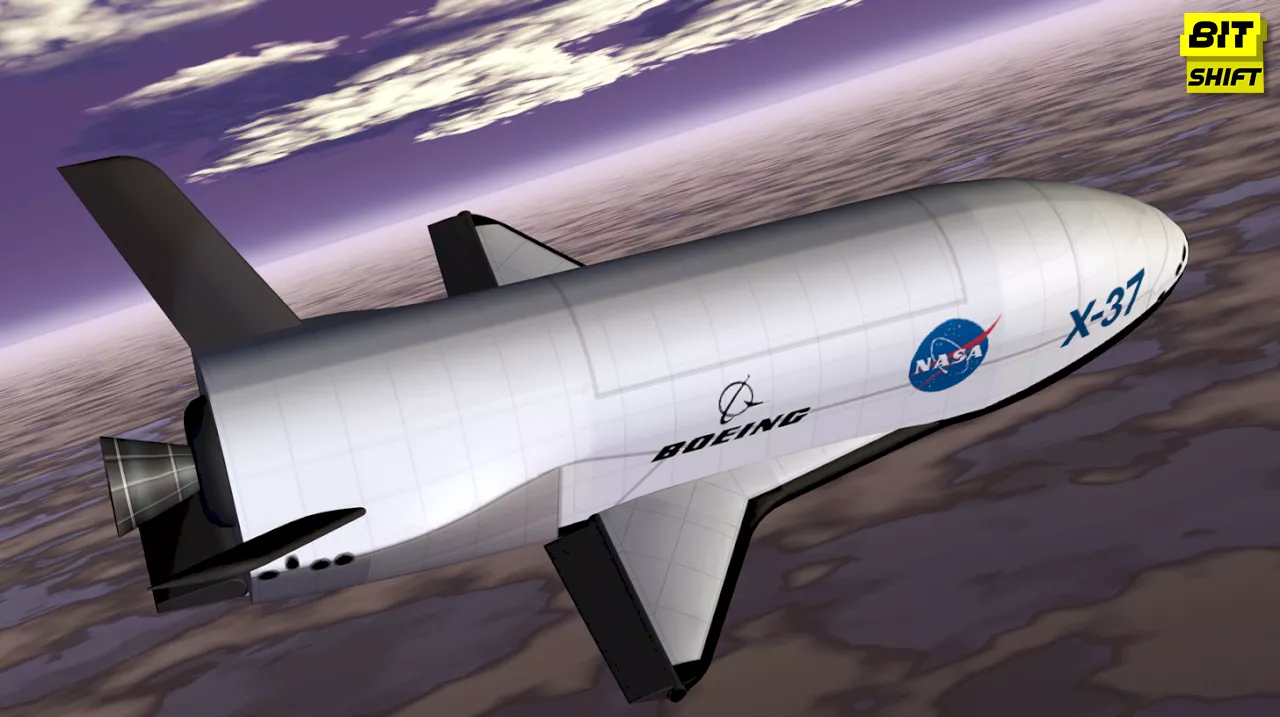
Summary
The Department of the Air Force, in partnership with the United States Space Force, is preparing for the historic seventh X-37B mission. This article delves into the specifics of the mission, its objectives, and its significance in the world of space exploration.
The Department of the Air Force Rapid Capabilities Office, in a groundbreaking collaboration with the United States Space Force, has scheduled the seventh X-37B Orbital Test Vehicle mission for December 7, 2023. The launch will occur at the Kennedy Space Center, Florida, marking a significant space exploration and experimentation step forward.
“Exploring the final frontier isn’t just about what we hope to discover, but what we need to learn about survival, innovation, and humanity’s boundless potential.”
The Mission Objectives
The X-37B Mission 7 is unique because it will be launched on a SpaceX Falcon Heavy rocket for the first time. The mission carries a wide range of test and experimentation objectives, including operating the reusable spaceplane in new orbital regimes, experimenting with future space domain awareness technologies, and investigating the radiation effects on materials provided by NASA.
Lt. Col. Joseph Fritschen, the X-37B Program Director, has indicated the team’s excitement at the prospect of expanding the capabilities of the reusable X-37B through the use of the flight-proven service module and Falcon Heavy rocket. This mission will allow them to fly multiple cutting-edge experiments for the Department of the Air Force and its partners.
The Significance of the X-37B Mission 7
This mission, OTV-7, will significantly enhance the United States Space Force’s understanding of the space environment. Future space domain awareness technologies will be experimented with, yielding crucial data for ensuring safe, stable, and secure operations in space for all domain users.
The Chief of Space Operations, Gen. B. Chance Saltzman, has heralded these experiments as “groundbreaking,” stating that the X37B continues to equip the United States with the knowledge to enhance current and future space operations. He further emphasizes the USSF’s commitment to innovation and defining the art of the possible in the space domain through the X-37B Mission 7.
The Seeds-2 Experiment
A notable experiment onboard will expose plant seeds to the harsh radiation environment of long-duration spaceflight. Known as “Seeds-2,” this experiment aims to build upon the successes of prior investigations, laying the groundwork for future crewed space missions.
Reflecting on the X-37B Mission 6
The X-37B Mission 6 was the first to introduce a service module that expanded the spacecraft’s capabilities and allowed it to host more experiments than any previous missions. The spacecraft carried experiments from the Naval Research Laboratory and NASA to study the results of radiation and other space effects on materials and seeds used to grow food. The X-37B Mission 6 also deployed FalconSat-8, a small satellite developed by the U.S. Air Force Academy and sponsored by the Air Force Research Laboratory.
The Power of Partnership
The Director of the DAF RCO, William D. Bailey, commended the collaborative partnership with industry, citing the X-37B government and Boeing teams’ work together to produce a more responsive, flexible, and adaptive experimentation platform. This teamwork has streamlined processes and adapted evolving technologies, promising to help the nation learn much about operating in and returning from a space environment.




